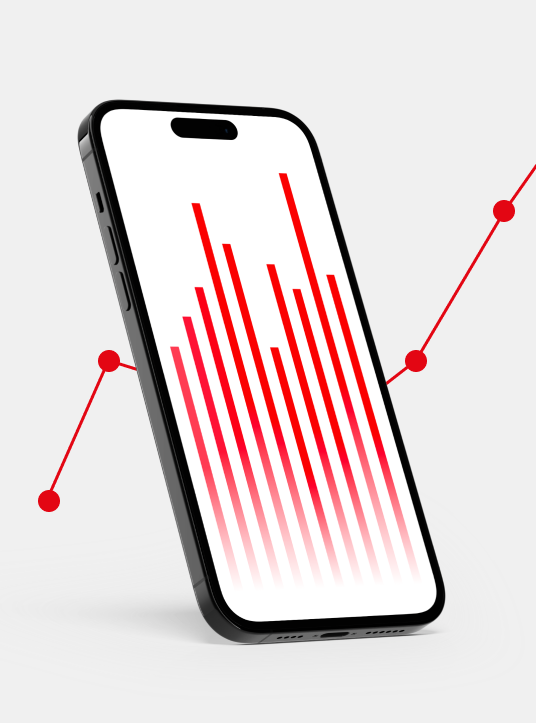
The difference between KPIs and objectives
And how do you use them?
09.09.2022
What is the difference and how will this help you grow digitally?
KPIs (Key Performance Indicators) and objectives are well-known terms within (digital) marketing teams. Every marketer talks about these concepts. In fact, the saying goes like this: "No KPIs, no...?" That's right, objectives. But what is the difference between these two concepts and how will this distinction help you achieve digital growth? In this blog, we will explain the definitions and provide some examples to clarify the difference between objectives and KPIs, and how you can leverage them for your organization.
The definition of an objective
An objective is the ultimate goal you have in mind. A marketing objective briefly describes what you want to achieve with a marketing activity. It answers the question, "When will we be successful?" The function of an objective is twofold. Firstly, it provides direction to your marketing activities. It outlines where the priorities lie within a specific time frame. Secondly, the objective sets a reference point for evaluation at the end of this time frame.
The definition of a KPI (key performance indicator)
The abbreviation KPI stands for key performance indicator. A performance indicator is a measurement or data point used to assess performance in relation to a specific goal. If the objective determines when you are successful, then the KPI is the measurement tool to determine how you will achieve that and serves as an indicator of whether you are on the right track. Therefore, it is crucial that a KPI is SMART-formulated.
How do the two come together? Let's say Organization Z has an objective to achieve a 10% revenue growth in the first quarter of the year. To achieve this growth, there are several variables that can contribute to it. These variables are the KPIs. For example, one KPI could be to increase the average order value by at least x percent. Another KPI could be to grow the customer base by x percent. All these variables contribute to a 10% revenue growth in the first quarter for Organization Z.
The process of defining objectives and KPIs
It is important to start at the beginning. In this case, it is your objectives. Where do you want to go as an organization? Formulate what you want to achieve in 1 year, 2 years, and ultimately 3 years according to the SMART (Specific, Measurable, Achievable, Realistic, Time-bound) principle. Determine which channels you will utilize and what resources your organization needs to achieve these results.
Once you have clear objectives, it is important to link one or more KPIs to each objective. For achieving your KPIs, you can use the PDCA (Plan Do Check Act) method by Deming. This allows you to monitor and adjust your objectives easily as needed.
Results need to be measured
It may sound obvious, but measuring allows for improvement. Set up a dashboard based on your KPIs and objectives, which can be done using tools like Google Data Studio. Ensure that your KPI results and key objectives are visible in this dashboard.
Linking data and insights to your dashboard is not an easy task, but it is highly valuable. Through this dashboard, you can identify areas of opportunity to elevate your KPIs. Additionally, it provides you with a tool to motivate, persuade, and inform your colleagues about the current status.
Successful performance management
Success can be determined based on data. You also need to consider the resources and channels you will utilize to achieve the KPIs and, ultimately, your objective(s).
Anyone can define KPIs and objectives, but they are often overlooked when defining the (digital) marketing strategy. It quickly becomes focused on awareness or conversion, but is that the most important?
Start at the beginning
Choose a data driven strategy, starting from the highest level and formulating measurable results. Where do you want to go as an organization? Formulate what you want to achieve in 3 years, 2 years, and 1 year according to the SMART principle. Determine which channels you will utilize and what resources your organization needs to achieve results.


Let's determine KPIs and objectives together for 2024 and beyond?
Just reach out!


